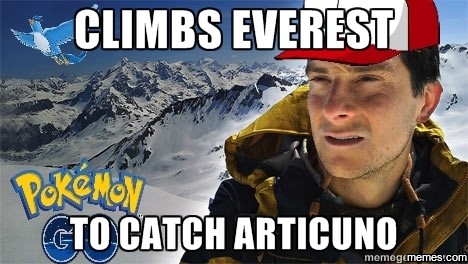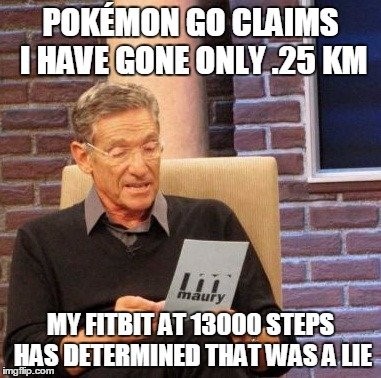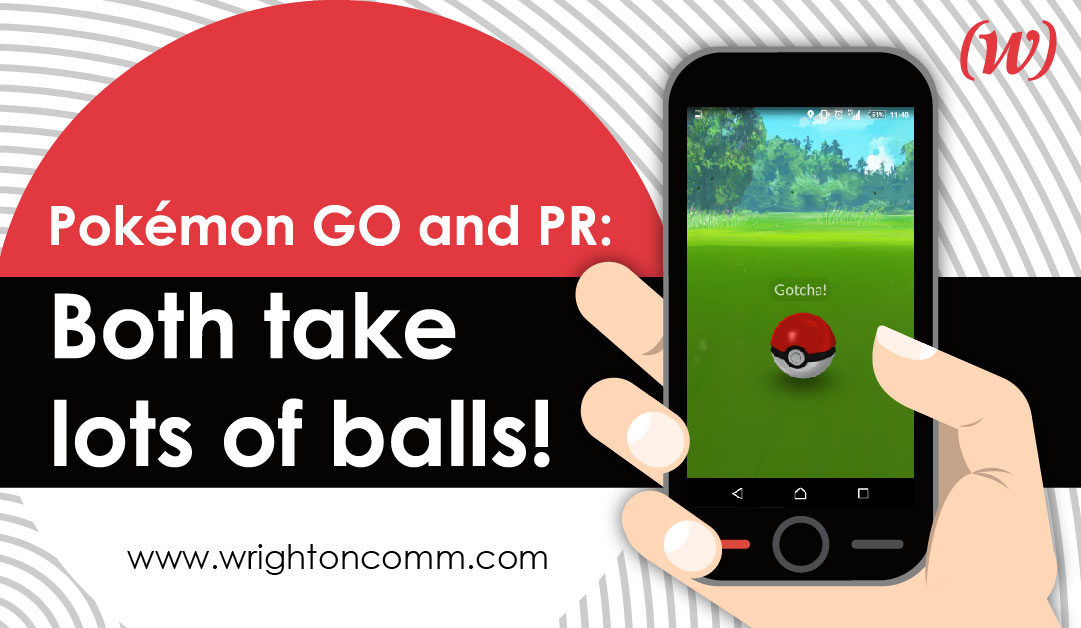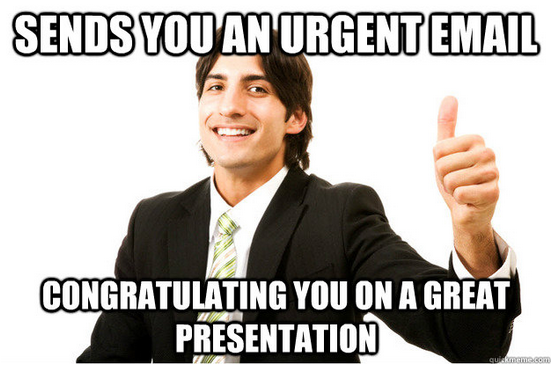By Julie Wright, President & Founder, (W)right On Communications, Inc. and Level 17 Pokémon GO Trainer
Pokémon GO has swept the world and I have not been immune. These days, I’m either hustling for my client partners or capturing Pokémon and increasing my experience points (XP). As I move up to each new level in Pokémon GO or capture another rare or high combat power (CP) critter, I can’t escape the feeling that being a Pokémon trainer is a lot like being a publicist.
1. Trainers are always hatching eggs while PR pros are always hatching ideas
As a Pokémon GO trainer, you should always be incubating at least two or three eggs, which will hatch into new Pokémon. You basically place a 2-km, 5-km or 10-km egg in an incubator and while you’re in hot pursuit of Pokémon, the app records your walking distance notifying you when your eggs are ready to hatch into a new Pokémon for your collection.
This is no different from a publicist’s continual pursuit of new ideas and angles to pitch. While you’re driving, in the shower or waiting for Pokémon GO’s servers to come back online (right?!), a good publicist is always thinking of new ideas for how to win exposure for their clients or brand.
2. Always on the hunt

The Pokémon hunter has to be equipped with the tools to do the job (like Pokéballs, raspberries, lures, incense and stuff). Then they go out to target-rich environments—like malls, parks, points of interest and, yes, cemeteries–looking for Pokéstops with active lures and seeking out the highest CP Pokémon they can capture.
The publicist is armed with tools too—like their media database, reading and research, relationships and storytelling skills–as they hunt out the highest value media hit they can. While the Pokémon trainer covets a Snorlax or Dragonite in their Pokédex, the publicist wants that Wall Street Journal or Today Show in their clippings report.
3. Luck (kind of) plays a part
In Pokémon GO, players get a lucky egg. It’s one that you can activate and during the next 30 minutes receive twice the XP when you evolve your Pokémon or capture one. Really, a player should hold off evolving anything until a lucky egg is activated. Lucky egg is a bit of a misnomer because there’s really no luck involved—just common sense and a game plan. Well, a good publicist knows that there really is no such thing as luck in this business. Luck is just what happens when opportunity meets preparation. When you’ve got your messaging, materials and spokesperson all lined up and then you bump into the right opportunity at the right time, that’s not luck. That’s just how it’s supposed to work when you’ve done your job.
While the clock on the lucky egg is continually winding down, the publicist’s window of opportunity is always closing. Being lucky just means being ready.
4. Increasing your XP through street smarts
Pokémon GO has no user guide or playbook. If you want to advance in the game, you’ve got to figure it out for yourself. Use your street smarts, be resourceful by researching what other players have learned and grow your skills and ranking through experience. Basically, the more Pokéballs you toss out there, the better you’re going to get. Eventually, as your tosses get better and better, you’ll earn extra XP for Nice, Great and Excellent tosses. Curve balls will also get you more points and typically are better at catching rare and high CP Pokémon.
The publicist isn’t getting scored like this, but if you’re a PR pro, you’ll recognize immediately how similar the augmented reality game is to the real-world principles that apply to your professional growth. You can only learn to pitch media by doing it. You can only get better at it by doing more of it. When your pitches get good, you start scoring higher hits. (Hmm. Maybe publicists should develop “Experience Points” just like Pokémon GO to measure their expertise. Anyone?) And if you can master that curve ball – a perfect man bites dog, counter-intuitive pitch with a compelling story arc – then you’re at the top of your game.
5. Do the legwork!

Another feature of the game is that you must walk. A lot. You will find more Pokémon when you’re on the move. In addition, walking is how you incubate your eggs. Two, five and 10 kilometer walks are required to hatch new Pokémon or tools. So too does legwork define success in PR. You’ve got to seek out information on your media targets – what kinds of stories do they do, what have they covered lately, how is your client or brand’s story of interest to them and their audience, and most importantly, what’s their contact info?
If you haven’t played Pokémon GO, it’s probably hard to understand some of these comparisons.
It can be the same way with non-PR people who don’t get the legwork part. They think publicists write press releases and then just push a magic button to blast them off to an enormous list of media who are hungry to read and parse their every word. (And because of this, they’re often surprised that the results they seek will take many hours and an accompanying budget to produce.) But, here’s the thing, if you don’t do the legwork as a publicist, you’ll piss off journalists and be ineffective. Really, the entire raison d’etre of the @SmugJourno Twitter feed and Bad Pitch Blog could be attributed to the short-cutters in our field who can’t be bothered to put in the legwork.
So, my PR friends, I urge you to get out there and hatch ideas like Pokémon eggs, catch those high CP media hits while building up your XP, be prepared to get lucky and put in the legwork to do it right and make our profession look its best!
And, two more pieces of advice. First, don’t forget to restore yourself. Be sure to visit the gym so you’re ready for battle (in Pokémon GO and in real life) and make time to hit up whatever bar, or Pokéstop, stocks your preferred potion. And, second, don’t forget that both PR and Pokémon GO reward those who put their balls out there.













 Grant Wright
Grant Wright Corie Fiebiger
Corie Fiebiger
 Shae Geary
Shae Geary Phelan Riessen
Phelan Riessen Katrina Early
Katrina Early Hamish Marshall
Hamish Marshall